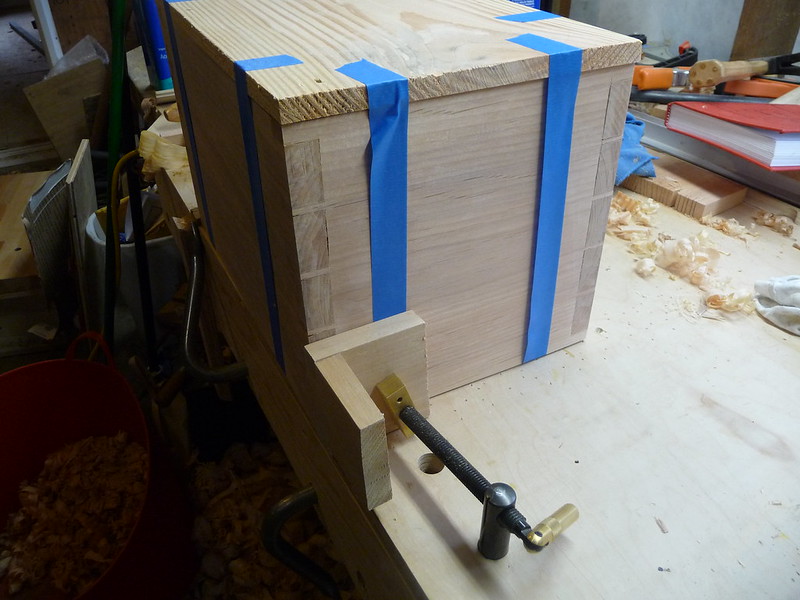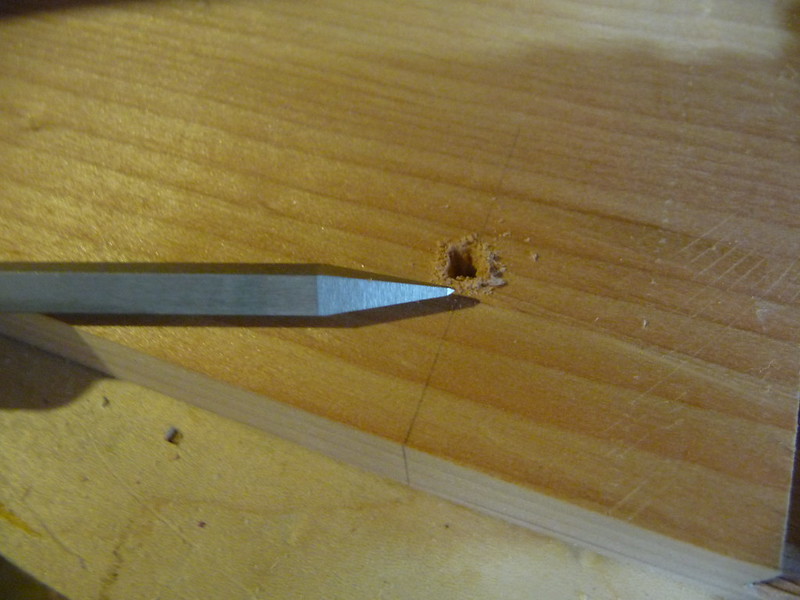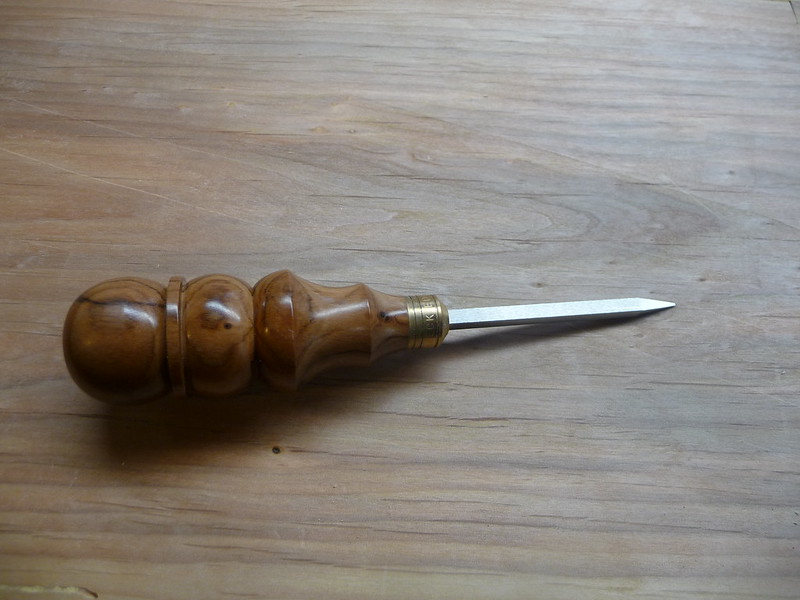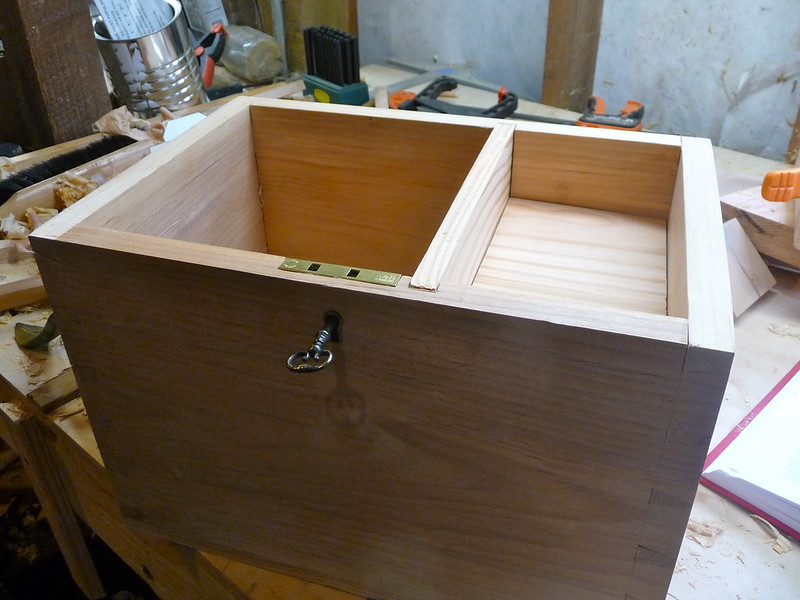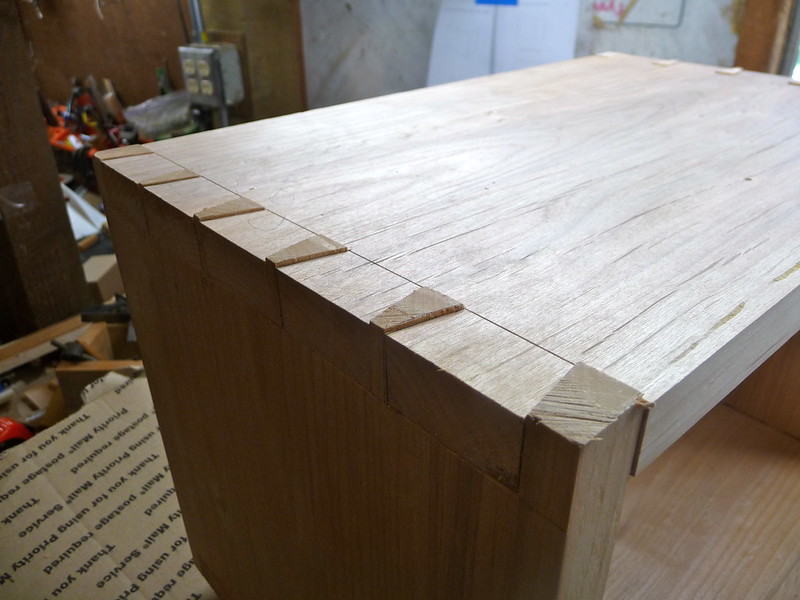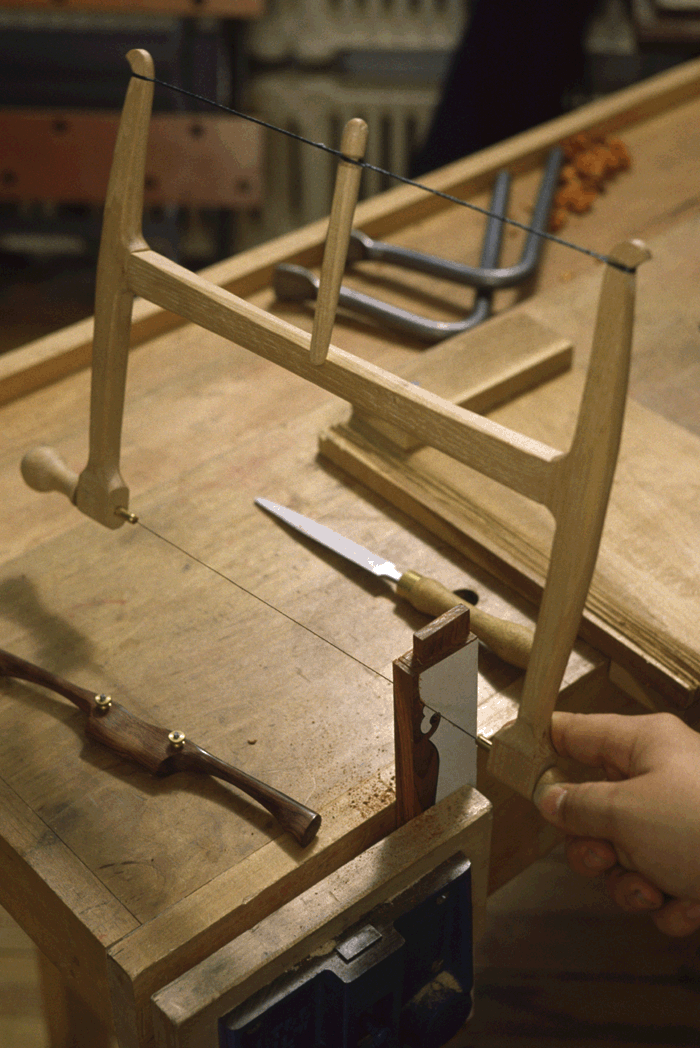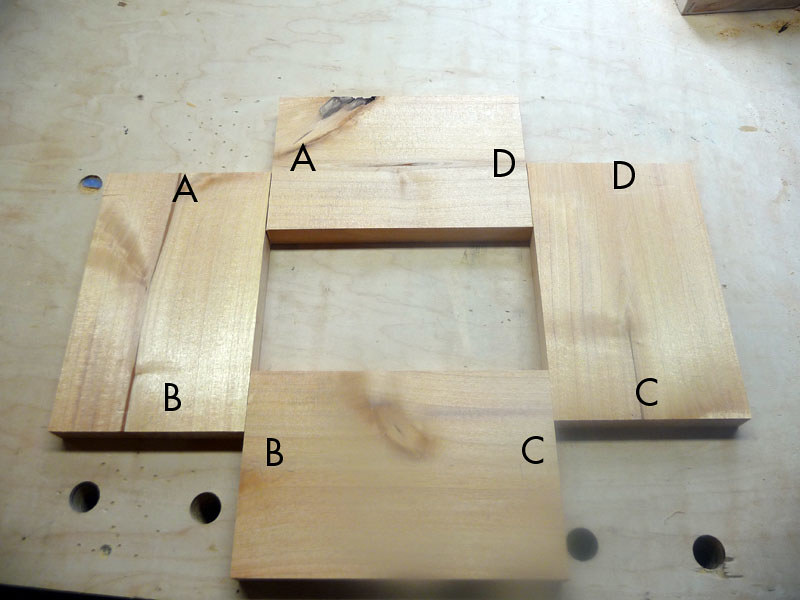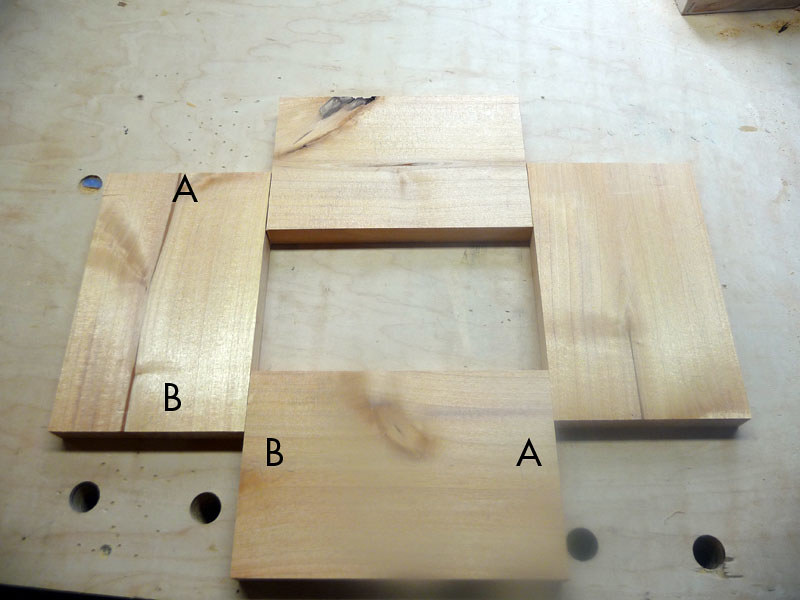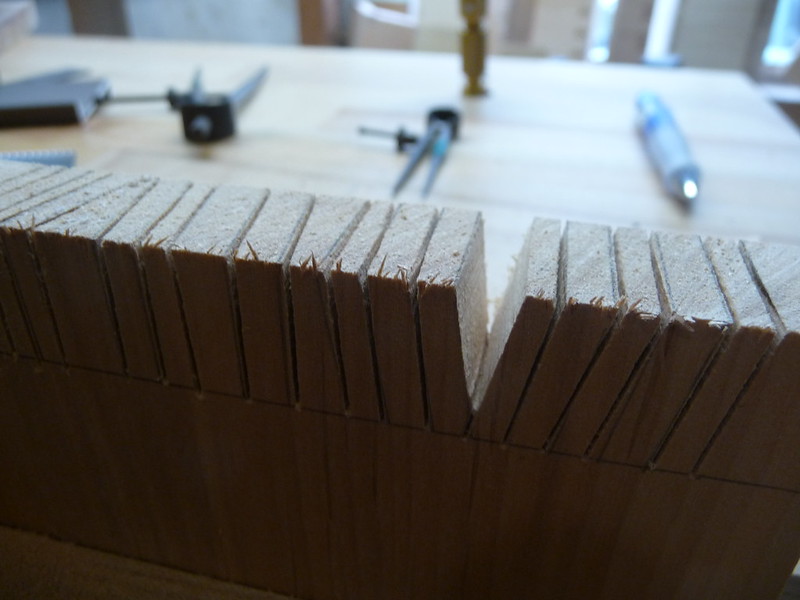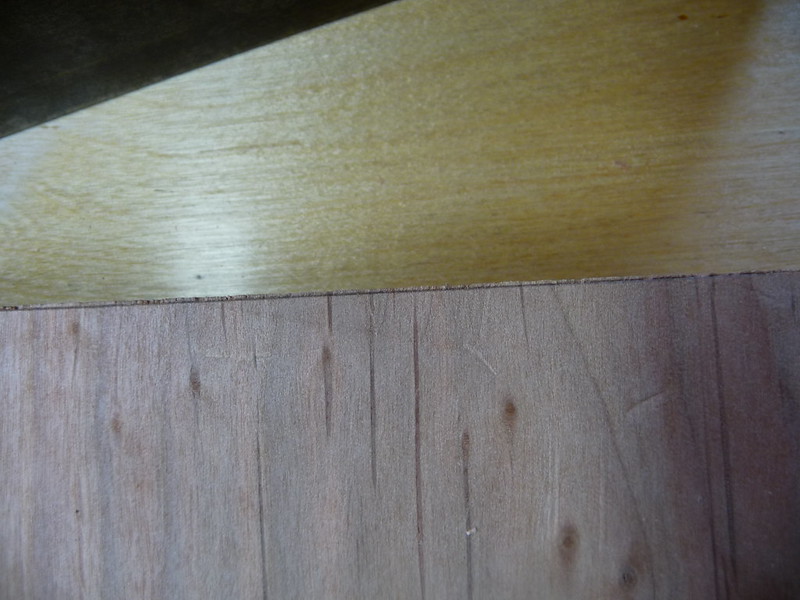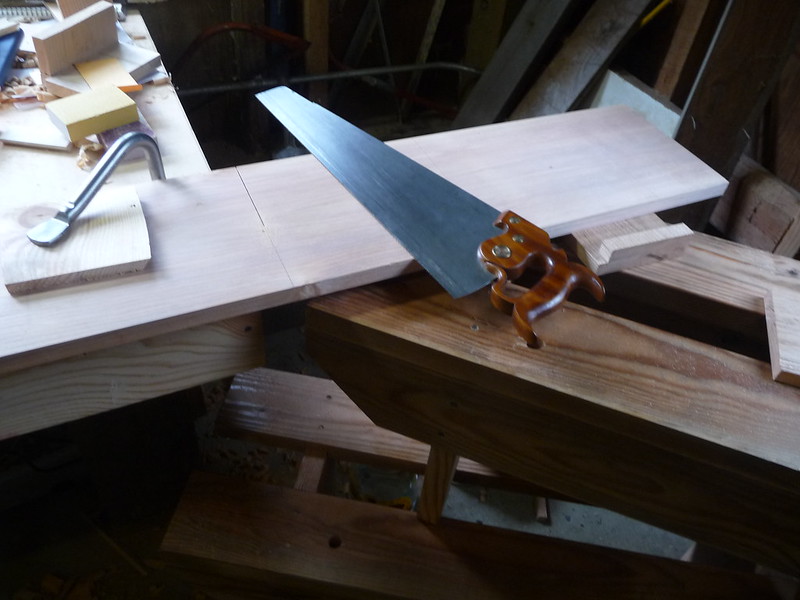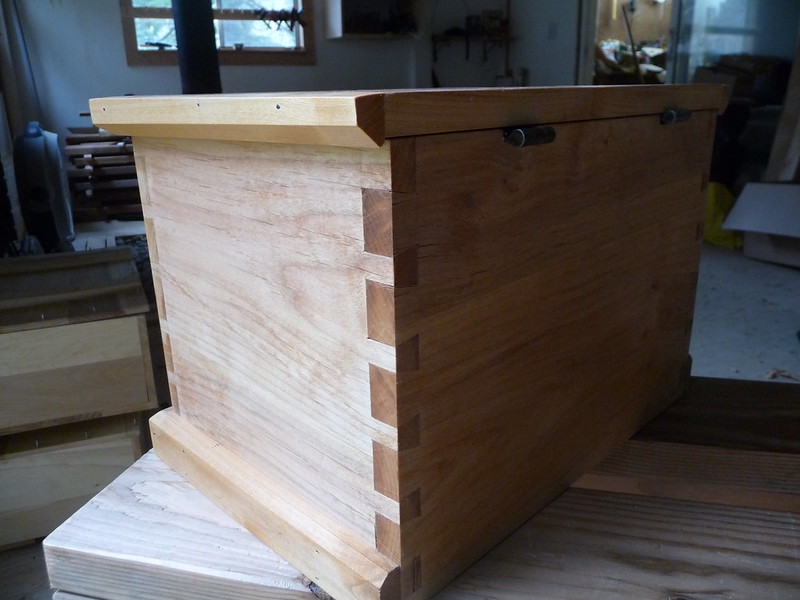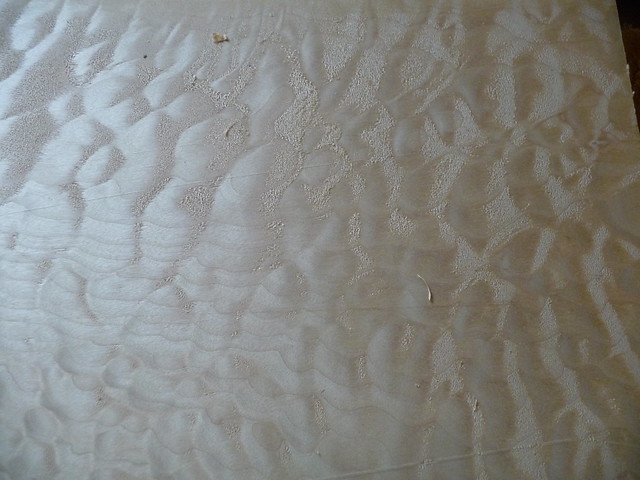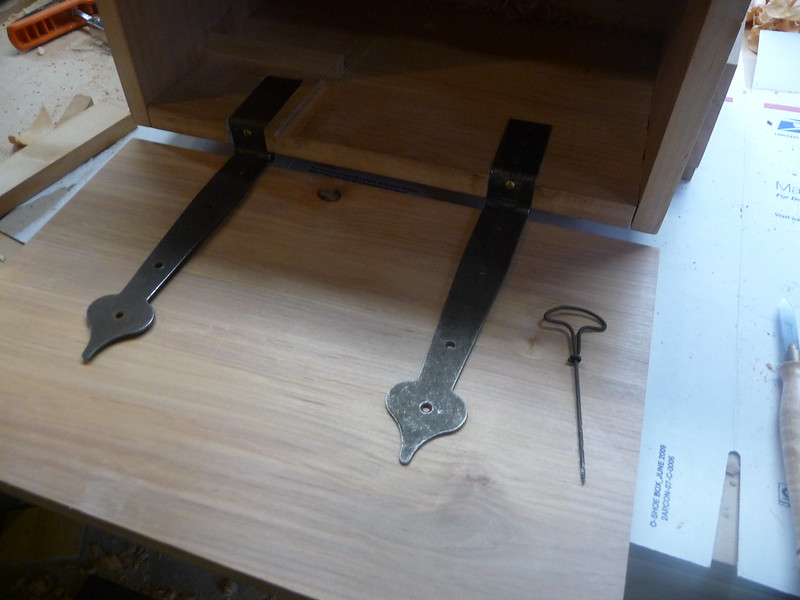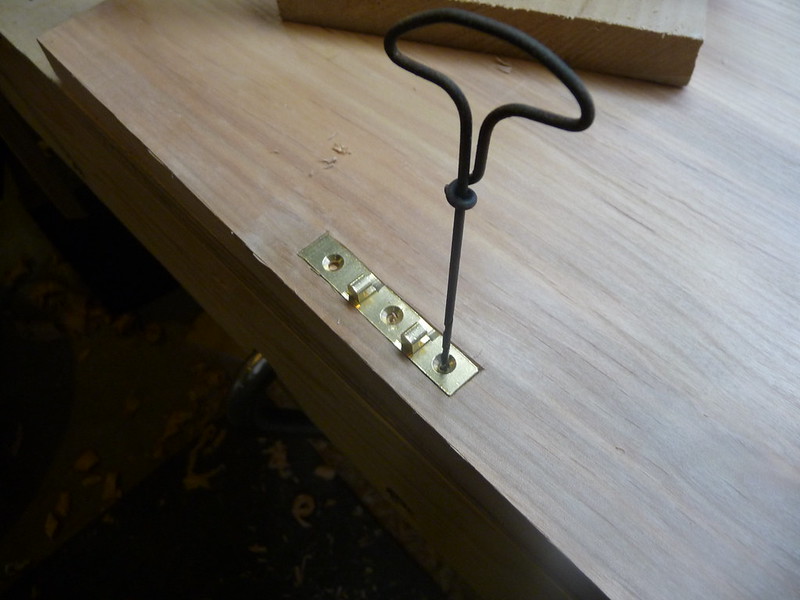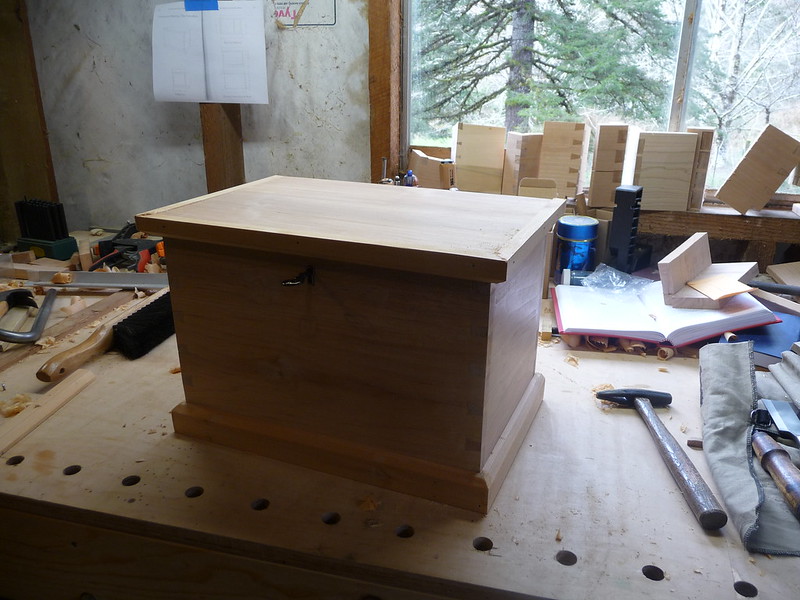Q&A with Some of My Woodworking Mentors
(If you want to know more about this series, please see the first installment)
I've always liked the home-spun videos at logancabinetshoppe.com. The host of the video series is Bob Rozaieski, a woodworking hobbyist who puts out these tutorials from his home workshop in New Jersey. I believe it was his workbench video that I first discovered, and he does have an interesting design. I started poking around his site more, and really became fond of his simple, humble, and almost disturbingly placid methods of explaining his work. Bob is also great at showing how to get started on a shoestring, combining affordable antiques with shop-made tools and also suggests how to make do with hardware store tools in a pinch. His videos are a rich collection of free info for someone considering getting into hand tools, but also have some very useful tips for those who are already immersed in the world.
Bob also offers a saw-sharpening service, which I took advantage of when I found a Disston D-8 (with a bit of a kink and very dull teeth) for $1 at a garage sale. I sent the saw to Bob and he sent me back a very capable tool which I have greatly enjoyed using.
Without further ado, here we have The Joiner's Apprentice (TJA) asking a few questions of Bob Rozaieski (BR):
TJA: How long have you been woodworking, and what changes have you seen in the field since you started?
BR: I've been at it since high school; a little over 20 years I guess. I've been doing it by hand only for almost 12 years now I guess. I'd have to say that the biggest changes that I've seen in the 20 years has been the amount of information available outside the mainstream. What I mean is the amount of historical and traditional craft information that has become available only in the last 10 years or so. When I was getting started, anything you read about woodworking was heavily machine and power tool oriented. Now, things seem to be going the other way, at least as far as a lot of hobbyists are concerned. It's encouraging to see so many new folks come into the craft and want to learn the traditional ways.
TJA: What is your favorite style to work in? what styles do you just not understand or have no interest in?
BR: I like late 17th to early 19th century furniture. I mostly prefer the simpler forms that aren't overly carved or decorated. Some ornamental carving is nice, but over the top pieces with tons of insane carving, like a lot of the heavily carved rococo pieces that came out of Philadelphia just aren't my style. I tend to work more in these simpler styles. I think the designs and pieces, especially in their simpler forms, often referred to as "country" or "plain & neat" are timeless and can fit into just about any decor and period. I don't like most of the art deco stuff. I've never been all that trendy or contemporary and that stuff just doesn't appeal to me.
TJA: What tools do you always look forward to using and/or what operations do you most look forward to, time after time?
BR: I wouldn't say there's any one tool I always look forward to using. I think it is just more the sharpest tool and the one most suited to the job at hand. I'm probably most proud of my home made hand saws, but there's also something very satisfying about using a well tuned molding plane. I think making moldings by hand with molding planes has to be one of the most satisfying parts of any project for me.
TJA: How much time do you actually get in your shop in a typical week?
BR: This really depends on the week and what time of the year it is. In the summer, it's always a lot less for me. Once fishing and fair weather season is in full swing, my family and I really would rather be out of doors doing something than cooped up inside. So during the nicer months, I spend a lot less time in the shop. In the colder months I typically spend a couple of hours a day in the shop maybe 4 to 5 days a week. The cooler months from October to about April are when I get most of my woodworking for the year done.
TJA: Have you had any memorable masters or mentors help you gain the
skills you currently possess? How did you meet them?
BR: I'm pretty much self taught. No one in my family was ever a woodworker. It's just something I decided I was interested in and wanted to learn how to do. There's a lot of things I d that are like that. Fly fishing is another. I taught myself. Roy Underhill's show and books have inspired me a lot, but I only found them 10 or s years ago. Where I grew up, the local PBS stations never carried his show, so I was in the dark for a long time.
TJA: You use almost only hand tools (or are you actually wholly hand-tool in your work?), and mostly antique or shop-made tools at that. How did you get started down this road? Do you ever long for a planer, drill press, or bandsaw?
BR: At this point in my journey, I am 100% hand tools when it comes to my woodworking (home improvement stuff is different). I started off as any other woodworker might. I had a table saw, bandsaw, jointer, planer, routers, etc. at one point. I just never really enjoyed using them that much. About 10 years ago, when I started using hand tools, I found I really enjoyed it. So I kept studying them and using them more and more. At one point, I got interested in 18th century American period furniture (I still am of course). To me it just seemed logical that if you were going to reproduce 18th century work, you should use 18th century methods to get the most authentic appearance in the finished piece. Moldings made on a router or shaper just don't look like the same moldings made with planes. Ditto for period surfaces. So I went hand tool only for my period work. Eventually, I found that I preferred the hand tools for pretty much everything, regardless of whether it was period work or not. So I sold all my woodworking power tools and machines. Honestly, now that all of those machines are gone, I don't miss any of them. Maybe a band saw from time to time when I have to rip some really thick stuff, but really I'm doing just fine without it. I can work in far less space, I don't have a thick layer of dust covering everything, and I can enjoy the company of my wife and kids in the shop with me. It's very peaceful and enjoyable work actually.
TJA: Your shop is pleasantly efficient (OK, small). Do you dream of more space? Any real plans to expand or have you hit your stride in the current location?
BR: I do dream of a slightly bigger shop, but don't we all? Honestly, I'm comfortable in my just under 100 square foot space, but I also would like to expand one day. My dream shop is a 15' x 20' detached building modeled to look like an 18th century shop. I have so much inspiration from the small shops and buildings at Colonial Williamsburg that one day I'd like to build a detached shop that resembles one of those buildings. I'd like it to be just big enough to one day perhaps be able to run small traditional woodworking for 2-3 people at a time. That's a long time from now though.
TJA: You've hinted that your day job does not have much to do with woodworking, but what else you enjoy outside of woodworking and time with your family?
BR: No, my day job has absolutely nothing to do with woodworking. I have a degree in chemistry and do regulatory work for a large pharmaceutical company. It pays the bills. That's about it. My family is my life outside of woodworking and my day job. We do an awful lot together. I coach my girls' soccer teams, we all like to fish and camp, we take lots of trips to the beach, museums, etc. My life pretty much revolves around my girls. The way I see it, they're only going to want to hang out with Mom & Dad for so long before we're not cool anymore, so I need to soak up as much of them as I can while I'm still more than just a bank and a ride to the mall.
TJA: What is happening in the hand tool world (toolmakers, blogs, books, projects) that you think need more press?
BR: I think we need to see more project based learning for folks interested in traditional methods. There have been so many books and videos and magazine articles written over the years pertaining to tuning up hand tools and how to shop for hand tools and how to sharpen hand tools and how to cut dovetails in scrap lumber and the list goes on and on. What I haven't really seen a lot of though are project based material dedicated to traditional methods. Folks interested in working by hand are almost always faced with taking a project book or magazine article, weeding through all of the machine and power tool based methods, and trying to adapt the construction or methods to hand tools. While this is fine for those of us who have the experience and know how to do so, folks that are new to the craft and traditional woodworking have a very hard time figuring out how to adapt. The Joiner & Cabinet Maker is a great introductory book, but very limited in the scope of construction techniques, different joinery and tools. It's excellent for what it was intended for, to get people interested in the craft. In my opinion, it's not comprehensive enough for someone really wanting to go farther than the basics though. Outside of that book, there's very little in print in the way of hand tool project based material. There's some, but not a lot, and not a lot that is well known and publicized. Graham Blackburn has a great book from the 70s or 80s (I forget at the moment exactly when it was written), but in my opinion, it's pretty out dated. We've learned so much about hand tool techniques and traditional woodworking since it was published that I think it could really be improved upon in today's environment. It's a project that I really would like to one day take on, but it's not going to be something I'll get to for awhile yet.
TJA: Have you been able to get your children interested in becoming woodworkers?
BR: Absolutely. In fact, I didn't even have to try. I just let them come in the shop with me whenever they want. I think that is one of the under-appreciated aspects of working in a traditional manner. I don't have to be watching them like a hawk around the machinery. I don't have to have eye protection and ear protection and respiratory protection for them. The hand tool shop is inviting for them, not loud and dirty. The wood and the tools and the work all sell themselves. We just need to make them available. Children are naturally curious and instinctively creative. My shop is a place where they can come in and be creative. They can make what they want, on their terms. Sure there are rules, and they can't use any tool unsupervised, but a lot of times they don't need to be using the tools at all. They just want to be in there with me. My 4 year old will often come in and play with her Barbies in the shop while I'm sharpening saws or working on some small part for a project. My girls just like to be in there. I didn't have to encourage the craft on them. Their natural curiosity and creativity was enough to get them interested. The traditional tools and methods just allowed it to happen. They'll learn at their own pace, and when they are ready to take it seriously, the tools and the shop and the wood will be ready.
TJA: Thanks, Bob!






